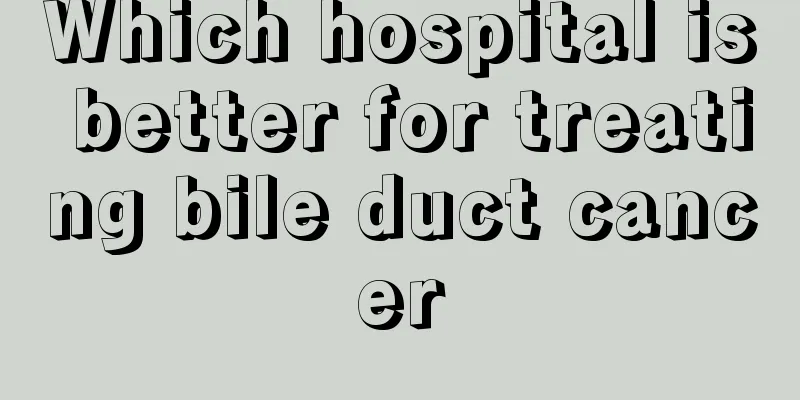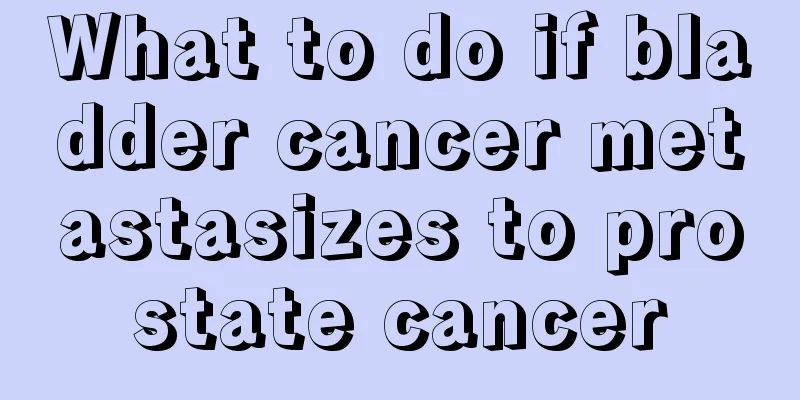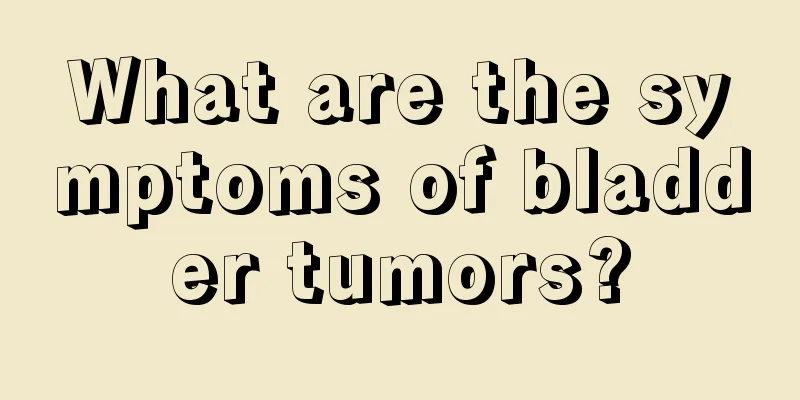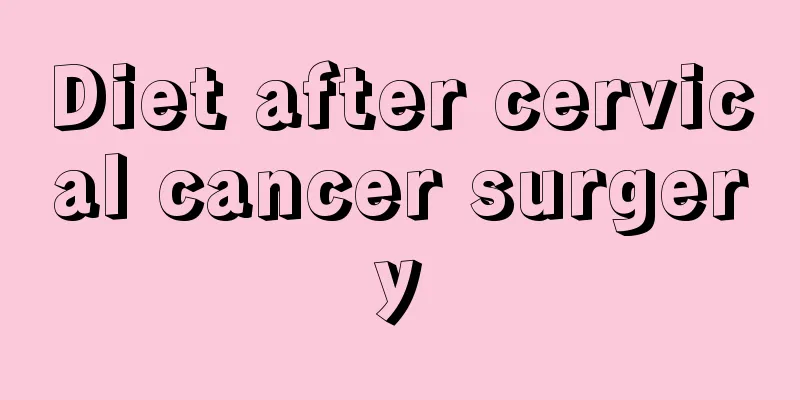How to treat severe varicose veins in the lower limbs?

|
Varicose veins in the lower limbs are a relatively common disease, especially among people who do physical labor for a long time or stand for a long time. The main symptoms are fatigue, soreness and swelling in the lower limbs, and elongated veins. Severe patients may also develop complications such as ulcers. When the disease reaches the late stage, it will have a great impact on the patient's life. Therefore, the treatment of severe varicose veins in the lower limbs is very important. 1. General treatment: For mild varicose veins with mild symptoms, you can use elastic bandages or leg wraps to wrap your calves for a long time to prevent them from continuing to develop. 2. Surgical treatment: For severe varicose veins with obvious symptoms, surgical treatment should be used. However, before surgery, it is important to ensure that varicose veins are not secondary and that the deep veins are patent. Depending on the condition, you can use: (1) High ligation: Suitable for cases where only the upper venous valve is insufficiency. Ligating the upper ends of the greater and lesser saphenous veins can prevent blood from flowing back and prevent the dilated veins from filling up again. (2) Venous stripping and resection: While performing high ligation, the varicose vein should be stripped or resected in whole or in sections. (3) Subfascial perforator ligation: Suitable for patients with varicose veins of the lower limbs accompanied by perforator valvular insufficiency. 3. Treatment of different complications (1) Chronic ulcers: Due to the interaction of factors such as local blood circulation disorders, tissue edema and bacterial infection, ulcers are difficult to heal. During treatment, the following should be done: ① Actively treat varicose veins of the lower limbs; ② Improve local blood circulation, such as asking the patient to lie flat, elevate the affected limb, and use an elastic bandage when working; ③ Control infection, such as systemic application of antibiotics and local wet compresses with 0.5% neomycin solution or 3% boric acid solution to clean the wound and reduce secretions, which is beneficial to epithelial growth and accelerates wound healing; if there is no secretion, 0.5% neomycin ointment or cod liver oil ointment can be used, or helium-neon laser irradiation can be used. (2) Varicose eczema: The wound surface should be kept clean and 0.5% neomycin coal tar paste should be applied externally. Conservative treatment methods include medication and wearing elastic stockings, but they can only alleviate the aggravation of the disease and cannot cure it. Therefore, generally speaking, drug therapy is used as a means of assisting recovery after surgery. The best treatment for severe varicose veins in the lower limbs is surgery. The decision to undergo surgery should be based on the patient's age and physical condition. |
<<: What should we pay attention to if we have kidney cysts?
>>: What happens when you can’t hold your urine?
Recommend
One acupuncture point can help you deal with motion sickness and vomiting
Many people suffer from motion sickness, which is...
Early symptoms and manifestations of colorectal cancer
Early symptoms of bowel cancer include blood in t...
How to relieve vomiting caused by gastroenteritis
Although modern people's living conditions ha...
The reason why boys like girls' feet
Why do some boys like girls' feet? This is a ...
What is moderately differentiated adenocarcinoma of the colon
A 55-year-old male patient was recently diagnosed...
How can boys make their skin whiter
Whitening the skin is not only what many young gi...
What causes acute liver failure
The symptoms of acute liver failure are caused by...
What to eat to prevent stomach cancer
What to eat to prevent stomach cancer? In order t...
Which is better, liver cancer intervention or radiofrequency ablation? Symptomatic treatment is the best effect
Every disease will cause harm to the patient'...
What are the sequelae of skin cancer?
According to a survey by my country's health ...
What does LED light mean
Many people don’t know what LED lights are. LED l...
Can pregnancy be detected nine days after having sex?
There are still many ways to know whether you are...
Eye makeup remover
Women love and are familiar with makeup, especial...
Does secondhand smoke easily cause lung cancer? How to prevent lung cancer in daily life
Here I would like to advise all friends to pay at...
Is lying flat good for the cervical spine?
Most people should know that one of the main caus...









